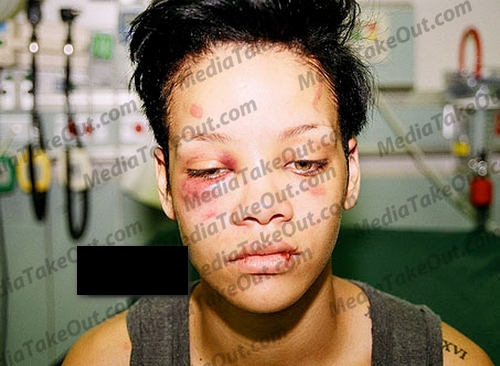[I’ve seen lots of musical acts so far this year—the more, the better. They’ve been mostly local, but plenty have come through on tour; here’s a few quick notes about two of my favorites:]
On a recent Monday evening—Feb. 13, to be exact—I had the great pleasure of watching a band from Chicago called Names Divine perform at Burro Bar. It was their second time playing this city, but surely not their last, as local audiences have already taken to them, and vice-versa. It was a crowd filled largely with other musicians. The Infinitesmal Records crew was out; bought a Kevin Lee Newberry CD, which is excellent and well-worth having.
Names Divine is a large band, led by singer/guitarist Kendra Calhoun, a spectral young woman who’s the only person I’ve ever heard cite Jendak as their favorite musician. Lukas Wolever played a drum-set that appeared to be missing its bass drum; it is unclear whether that was a matter of course or a concession to the inefficiencies of van-travel. The band has at times numbered up to nine; the show at Burro had seven, all shrouded in dark, a whooping whirlwind of sound built around Calhoun’s guitar, the clarinet of Kalina Malyszko (which rhymes with “Zbyszko”) and Ike Floor’s violin.
Names Divine has a two-song EP (containing the songs “Something Vague” and “Maybe Rotten”) available for download via Bandcamp, with more recordings planned for the year. The EP was originally released in a limited cassette-only edition of 100; the hemp cases, hand-woven by Calhoun, are useful for all kinds of things, but those versions are surely gone by now. Another two-track EP was released last December, and hopefully all this is building to a proper full-length release, along with another trip to Florida, at some point this year.
Watching Christopher Bell performing at Burro Bar, where he opened for the sumptuous Canary In The Coalmine on March 3, was something of a revelation. The music was excellent, but his means of making it was even more compelling. Bell’s approach to crafting a full-band sound for his solo sets begins with his instrument of choice, the cello. While almost all cellists prefer to play from a seated position, which is better for bowing, Bell plays his standing up, like an acoustic guitar, with more emphasis on finger-picking than the bow.
His style with the instrument reminds me, oddly enough, of the late jazz bassist Oscar Pettiford: After breaking his wrist playing baseball, Pettiford was unable to comfortably play the double-bass for a time, so he went with the cello; his recordings during that period are marked by a delicacy of sound that almost anticipated Chico Hamilton’s groundbreaking groups.
Bell’s cello is augmented with a self-contained wooden box full of effects pedals, as well as a keyboard that he uses to sample himself, as he crafts his beats in real-time. It was fun, and instructive, to watch each song come together, piece-by-piece, and it speaks to his dedication to performance that he does this for every show, instead of just playing over pre-recorded tracks. Despite his affable demeanor on-stage, which comes off somewhat geekish and slightly goofy, his command of the tools before his gave the performance a professional sheen.
His new album, Cashing In On My Mistakes (2012) represents a huge step forward—more songs, more complex, better-recorded. It’s the sound of a musician who, after years of experimentation, has finally found his mature sound. That was how he sounded at Burro. It would be interesting to hear him performing with Robin Rutenberg & Friends next time he’s here, just to hear the contrast in cello-work between him and Ms. Naarah Strokosch, who is my favorite cello player in the world right now—not because I’m some expert on the instrument, but because she’s cool, and so is that band’s music–a new CD out now.








